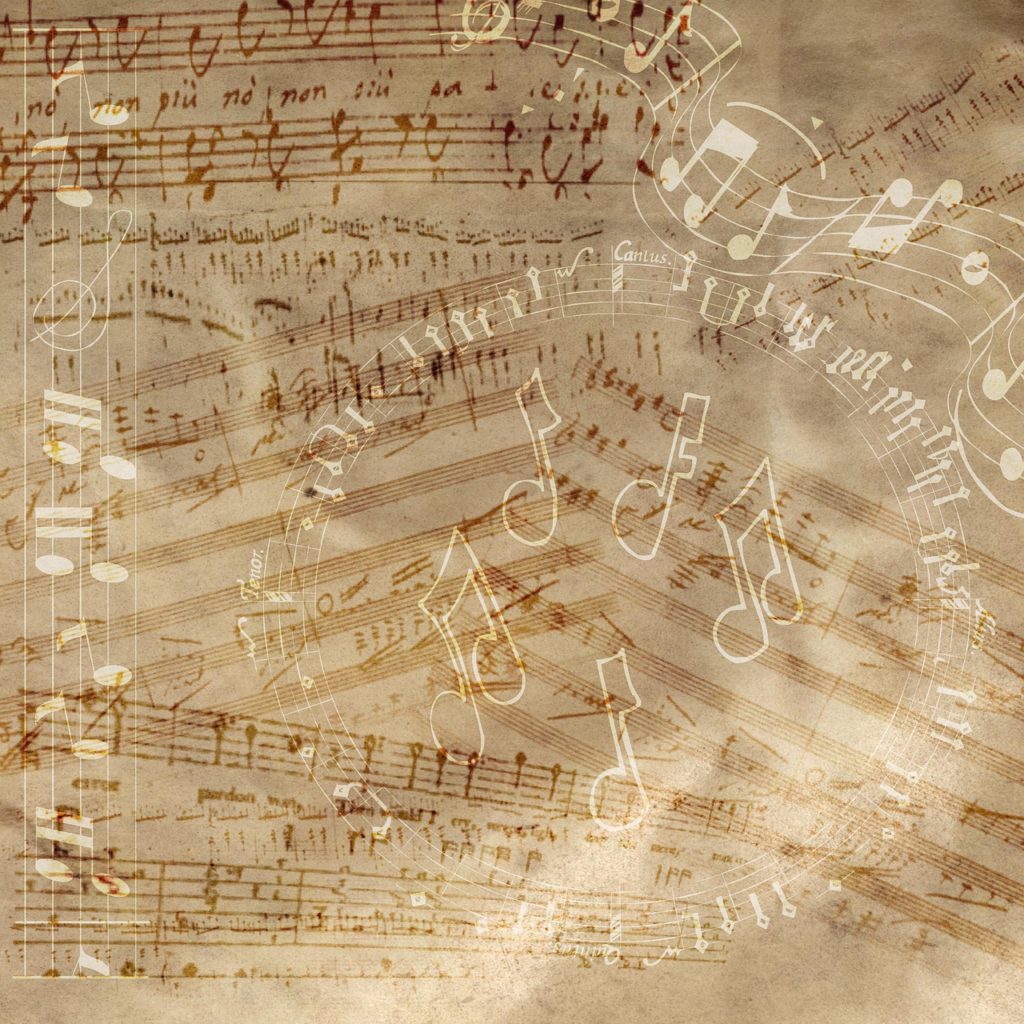Do you ever find yourself asking, “Why can I play piano hands together but not separately?” Really, it depends on the type of music you play. Some pieces lend themselves to hands together work, while others will be better suited for learning hands separate. Click to learn the factors that impact how you learn a new piece of music. Estimated reading time 2 minutes.
Read More

